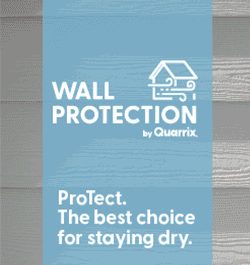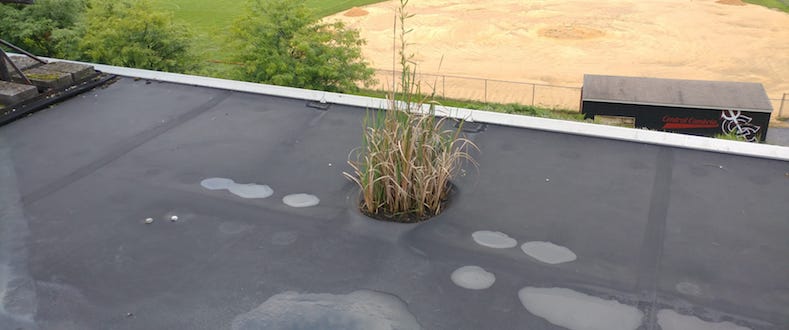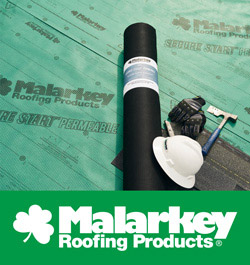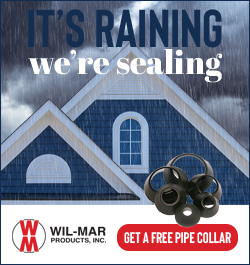Everything You Need To Know About Sealants

By Master Builders Solutions.
Learn about different kinds of sealants and how they uniquely can benefit different applications.
As buildings become more complex, new sets of challenges emerge for architects and contractors. That is where sealants come in, serving a critical role in protecting buildings from air and water infiltration. With so many varieties of sealants available, each with their own set of benefits, it can be hard to keep track of what sealants should be used for what projects. Read on for a quick crash course in sealants from the experts at Master Builders Solutions.
What are sealants used for?
At a fundamental level, sealants are installed within joints and gaps between external building façade and component materials to keep rain and moisture out of occupied spaces. But, different types of sealants, each with their own chemistry, offer unique benefits for a variety of applications.
Standard (basic) urethane sealants
Standard (basic) urethane offers many benefits, including moderate pricing and strong sticking powers. Urethane sealants can also be painted, and there is no risk of streaking. However, urethane sealants also have some limitations, especially around modulus and long-term stability.
Silicone sealants
Silicone sealants are more expensive than urethane, and for good reason: they can last a long time and withstand high temperature environments. Another benefit is flexibility (very low modulus) and increased durability, which makes silicone sealants able to withstand UV exposure over time. However, silicone sealants aren't without their own set of challenges. For starters, they can't be painted and are prone to streaking leaving residue on substrates.
Hybrid sealants
Hybrid sealants offer the best of both worlds. For starters, they are easy to apply, fast curing and paintable, and boast a very low modulus. Hybrid sealants are also durable and stick incredibly well to difficult to adhere substrates. "The demand and interest for hybrid sealants has rapidly increased over the past 15 years," explains Jim McKiney, Building & Restorations Specialist at Master Builders Solutions. He predicts this trend will continue in the future.
High performing hybrid sealants
Not all hybrid sealants are created equal, which is why it's important to thoroughly examine your options. MasterSeal NP 100 from Master Builders Solutions is a unique silyl terminated polyurethane hybrid sealant, formulated with modified polymers. The rugged, high-performance hybrid sealant stands up to harsh weather conditions and also bonds to a wide range of substrates, including metal, vinyl and KYNAR. "This is part of MasterSeal NP 100's claim to fame," says McKiney.
Masterseal NP 100 has a high movement capability and can expand or contract by more than 50 percent. With a new tint base option, color selections are endless. It also offers a quick skin time and can be painted over within an hour.
The latest innovation from Master Builders Solutions, MasterSeal HY 35 is a one-component, fast-curing, gun-grade, elastomeric hybrid sealant. MasterSeal HY 35 is formulated with unique polymers that allow for versatile adhesion to a variety of substrates providing long term durability. It combines the best qualities of organic and silicone sealants to keep moving joints weathertight.
Sealants play a critical role in protecting and preserving buildings from air and water infiltration. There are many different options available, each with their own set of benefits. While urethane sealants are more affordable and paintable, silicone is better suited for high move and durability. With a unique blend of chemistry, hybrid sealants offer the best of both worlds. But, beware, there are imitators out there. So, do your homework and make sure you choose a high-quality product for the right application.
Learn more about Master Builders Solutions in their RoofersCoffeeShop® Directory or visit www.master-builders-solutions.com.
Original article source: Master Builders Solutions






















Comments
Leave a Reply
Have an account? Login to leave a comment!
Sign In